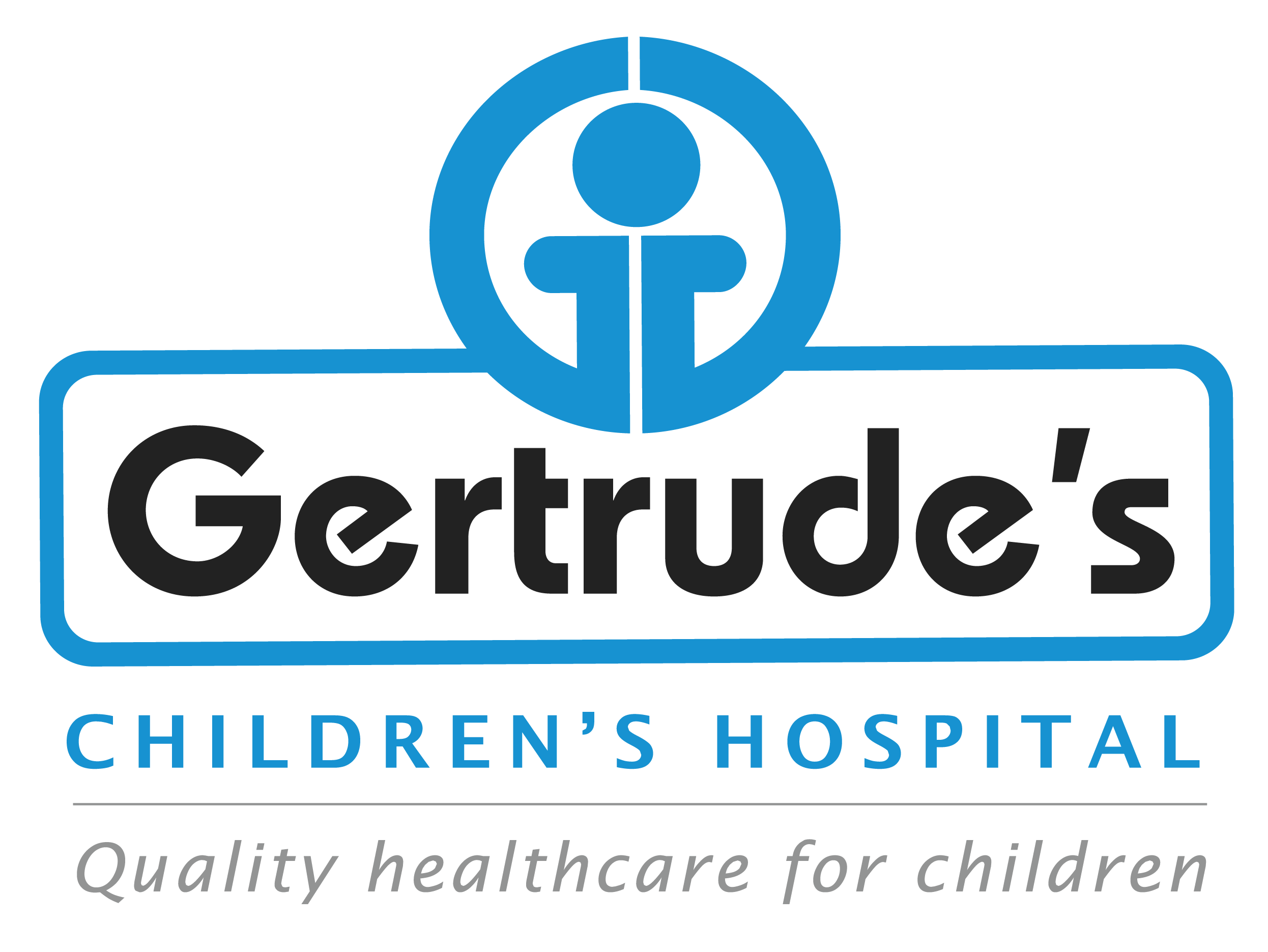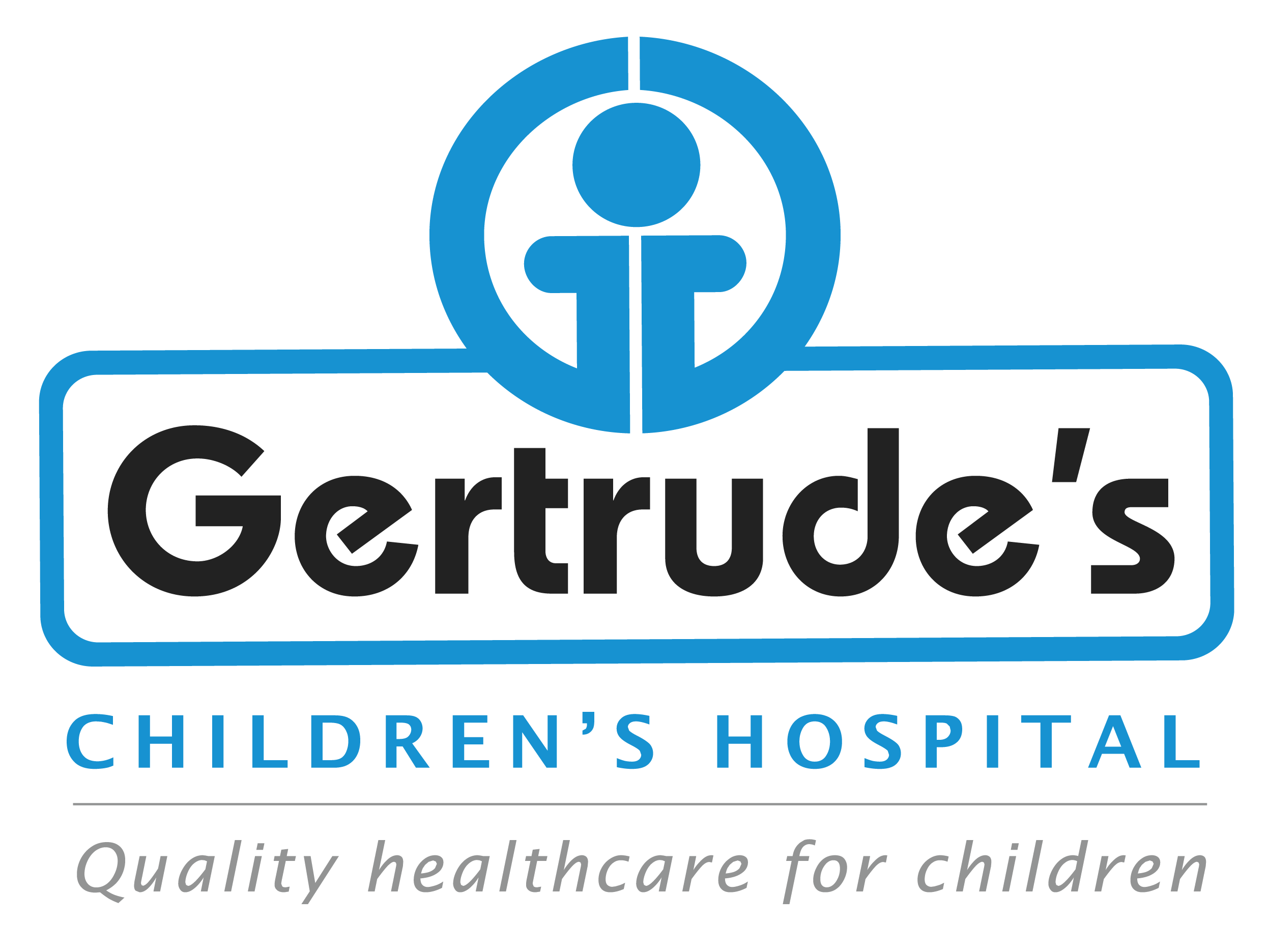Adenoiditis is the inflammation or infection of the adenoids, which are small glands located at the back of the nasal cavity, near the throat. The adenoids are part of the immune system and help fight infections, but they can themselves become infected, leading to symptoms like nasal congestion, sore throat, and ear problems. Adenoiditis is common in children, especially those aged 3 to 7 years. While it often resolves on its own or with medication, recurrent or chronic adenoiditis may require the removal of the adenoids through a surgical procedure known as an adenoidectomy.
Symptoms
- Nasal congestion: Persistent stuffy nose, often leading to mouth breathing.
- Sore throat: Throat discomfort, especially when swallowing.
- Post-nasal drip: Excess mucus draining from the nose to the back of the throat, causing coughing or throat irritation.
- Snoring: Loud snoring due to airway obstruction caused by enlarged or inflamed adenoids.
- Breathing from the mouth
- Nasal speech
- Ear pain or infections: The adenoids are located near the eustachian tubes, which drain fluid from the middle ear. Infected or swollen adenoids can block the eustachian tubes, leading to ear infections or hearing problems.
- Sleep disturbances: Difficulty sleeping, frequent waking during the night, or obstructive sleep apnea (pauses in breathing during sleep).
- Swollen neck glands: Enlarged lymph nodes in the neck due to infection.
Causes
- Viral infections: Adenoiditis often follows a cold or respiratory infection caused by viruses such as the common cold or flu.
- Bacterial infections: Bacterial infections, such as those caused by Streptococcus bacteria, can also lead to adenoiditis. Bacterial infections may require antibiotic treatment.
Diagnosis
- Throat and nasal examination: The doctor will examine the throat and nasal passages using a light and may feel for swollen lymph nodes in the neck.
- Imaging tests: X-rays or other imaging tests may be done to assess the size of the adenoids and rule out other conditions.
- Throat culture or swab: If a bacterial infection is suspected, a throat swab may be taken to identify the bacteria causing the infection.
Treatment Options
- Home care:
- Rest and fluids: Ensuring your child gets plenty of rest and drinks fluids can help them recover from viral adenoiditis.
- Saline nasal sprays: Saline sprays or rinses can help relieve nasal congestion and keep the nasal passages moist.
- Pain relievers: Over-the-counter pain relievers such as acetaminophen or ibuprofen can help reduce throat pain, fever, and discomfort.
- Antibiotics:
If the adenoiditis is caused by a bacterial infection, antibiotics may be prescribed to clear the infection. It is important to complete the entire course of antibiotics to prevent recurrence. - Adenoidectomy (surgical removal of the adenoids):
In cases where adenoiditis is recurrent or chronic, or if the adenoids are severely enlarged and causing sleep apnea or frequent ear infections, an adenoidectomy may be recommended. This is a simple, outpatient procedure where the adenoids are removed to prevent future infections and improve breathing. Adenoidectomy is often performed in conjunction with a tonsillectomy if both the adenoids and tonsils are causing problems.
Why Choose Us
Expert team
Our pediatric specialists have extensive experience in treating children.
Personalized care
We create treatment plans that fit each child’s unique needs
Support and education
We teach children and families how to care for them and prevent future cases
Advanced treatments
Access to the latest treatments and products
Contact
Please feel free to contact us with any general or medical enquiry by calling us.





